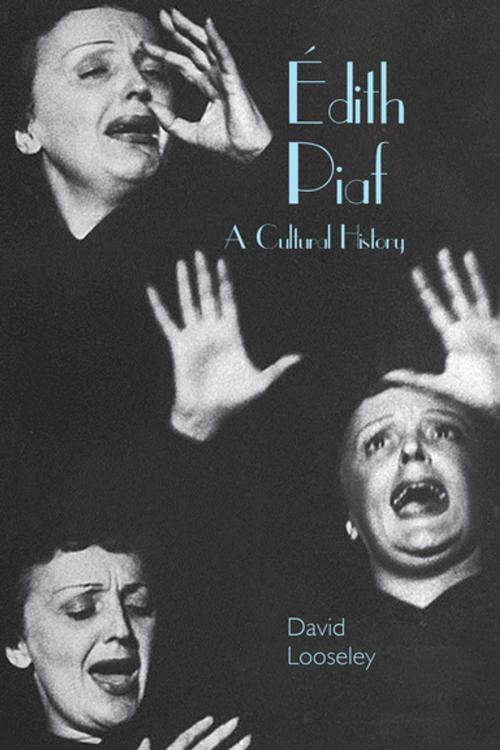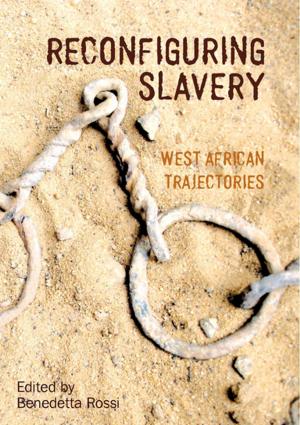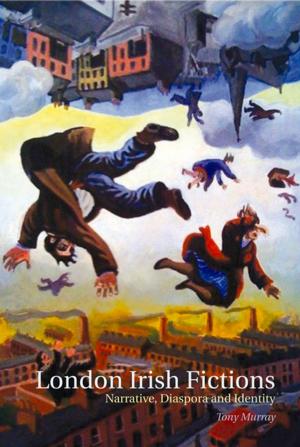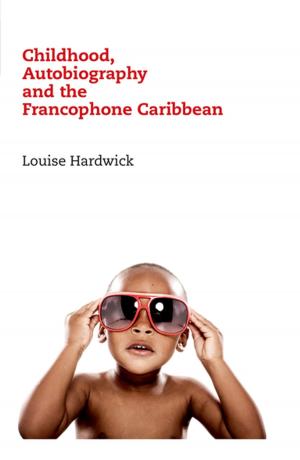Édith Piaf
A Cultural History
Biography & Memoir, Composers & Musicians, Entertainment & Performing Arts, Nonfiction, Entertainment, Music| Author: | David Looseley | ISBN: | 9781781388594 |
| Publisher: | Liverpool University Press | Publication: | April 1, 2016 |
| Imprint: | Liverpool University Press | Language: | English |
| Author: | David Looseley |
| ISBN: | 9781781388594 |
| Publisher: | Liverpool University Press |
| Publication: | April 1, 2016 |
| Imprint: | Liverpool University Press |
| Language: | English |
The world-famous French singer Édith Piaf (1915-63) was never just a singer. Dozens of biographies of her, of variable quality, have seldom got beyond the well known and usually contested 'facts' of her life. This book suggests new ways of understanding her. A 'cultural history' of Piaf means exploring her cultural, social and political significance as a national and international icon, looking at her shifting meanings over time, at home and abroad. How did she become a star and a myth? What did she come to mean in life and in death? At the centenary of her birth and more than fifty years after her passing, why do we still remember her work and commemorate her through the work of others, from Claude Nougaro and Elton John to Ben Harper and Zaz, as well as in films, musicals, documentaries and tribute acts around the world? What does she mean today? The book proposes the notion of an imagined Piaf. To a large extent, she was her own invention, not only by virtue of her talent but because she produced narratives about herself, building a mystery. But she was also the invention of others: of those she worked with but above all of her audiences, who made their own meanings from her carefully staged performances. Since her death, the world has been free to imagine new Piafs. From the 1930s until today, she has variously embodied conceptions of the 'popular' and of 'chanson' as a new kind of middlebrow, of gender, sexuality, national identity and the human condition.
The world-famous French singer Édith Piaf (1915-63) was never just a singer. Dozens of biographies of her, of variable quality, have seldom got beyond the well known and usually contested 'facts' of her life. This book suggests new ways of understanding her. A 'cultural history' of Piaf means exploring her cultural, social and political significance as a national and international icon, looking at her shifting meanings over time, at home and abroad. How did she become a star and a myth? What did she come to mean in life and in death? At the centenary of her birth and more than fifty years after her passing, why do we still remember her work and commemorate her through the work of others, from Claude Nougaro and Elton John to Ben Harper and Zaz, as well as in films, musicals, documentaries and tribute acts around the world? What does she mean today? The book proposes the notion of an imagined Piaf. To a large extent, she was her own invention, not only by virtue of her talent but because she produced narratives about herself, building a mystery. But she was also the invention of others: of those she worked with but above all of her audiences, who made their own meanings from her carefully staged performances. Since her death, the world has been free to imagine new Piafs. From the 1930s until today, she has variously embodied conceptions of the 'popular' and of 'chanson' as a new kind of middlebrow, of gender, sexuality, national identity and the human condition.















